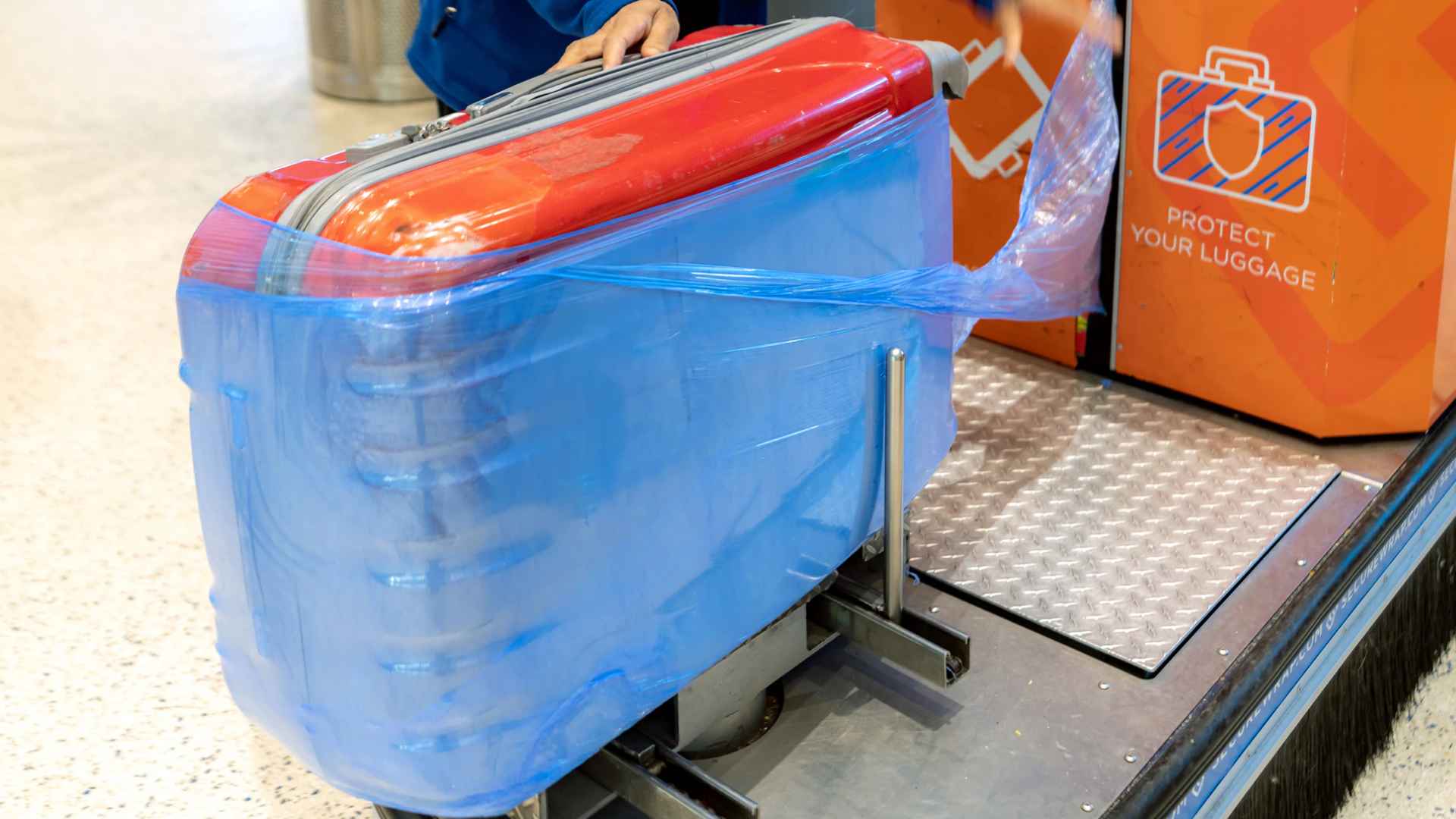The agency can slice away that pricey plastic in seconds—leaving you to foot the environmental bill.
If you’re still cocooning your luggage in gleaming plastic before every flight, the Transportation Security Administration (TSA) wants you to pause. Agents are allowed—sometimes required—to cut through the wrap whenever a bag needs closer inspection, and they won’t put it back on. That reality, coupled with mounting waste concerns, has officials and environmentalists asking whether this 1990s habit should finally be checked.
How the 1990s theft wave sparked today’s plastic-wrap craze at airports
Airports in Miami, New York and Los Angeles saw a spike in baggage theft three decades ago, and travelers responded with cling film as an improvised seal. Cargo handlers quickly learned to recognize the shiny shield, reinforcing the idea that more layers meant more safety. The practice spread worldwide and became almost as routine as fastening a seat belt.
Scratches, brand pride and nostalgia keep travelers rolling out the plastic film
Not every wrapper is worried about thieves. Some passengers simply want to protect high-end cases from belt burns, while others admit they just love the ritual—“I’ve wrapped every trip since college,” one Denver flyer told us. Yet relying on plastic for peace of mind can backfire. The TSA will break any non-approved lock and will slice wrap even faster.
But TSA can cut the wrap at any moment during security screening
A fluorescent “TSA inspected” flyer inside your opened suitcase might be the first sign your barrier is gone. Who rewraps it? That’s on you. In most terminals, only third-party vendors like Secure Wrap or Safe Bag offer replacement service, and prices start around $20 per bag. So, is the wrap worth it? Before you reach for the roll, keep these facts in mind:
- TSA officers carry shears designed to remove film quickly.
- Random checks mean even wrapped bags can be opened without cause.
- Approved combination locks survive screening and are reusable.
- Reusable fabric covers offer scratch protection without single-use waste.
Environmental concerns and smarter alternatives may finally ground this plastic habit
Sustainability advocates estimate millions of square feet of low-grade polyethylene are trashed yearly at U.S. hubs. Several airports—including San Francisco and Boston—have hinted at future limits on single-use cling. Travelers worried about damage can switch to stretch-fit covers or TSA-approved cable locks, both lighter on wallets and landfills.
| Method | Up-front cost | Reusable? | TSA friendly | Waste impact |
|---|---|---|---|---|
| Plastic wrap | $15–$25/bag | No | Often removed | High |
| TSA lock | $10–$18 once | Yes | Yes | Low |
| Stretch fabric cover | $20–$30 once | Yes | Yes | Very low |
So, next time you roll toward check-in, ask yourself: does a few layers of film really beat a sturdy lock? The TSA’s message is clear—security officers will always put safety before shrink-wrap.

